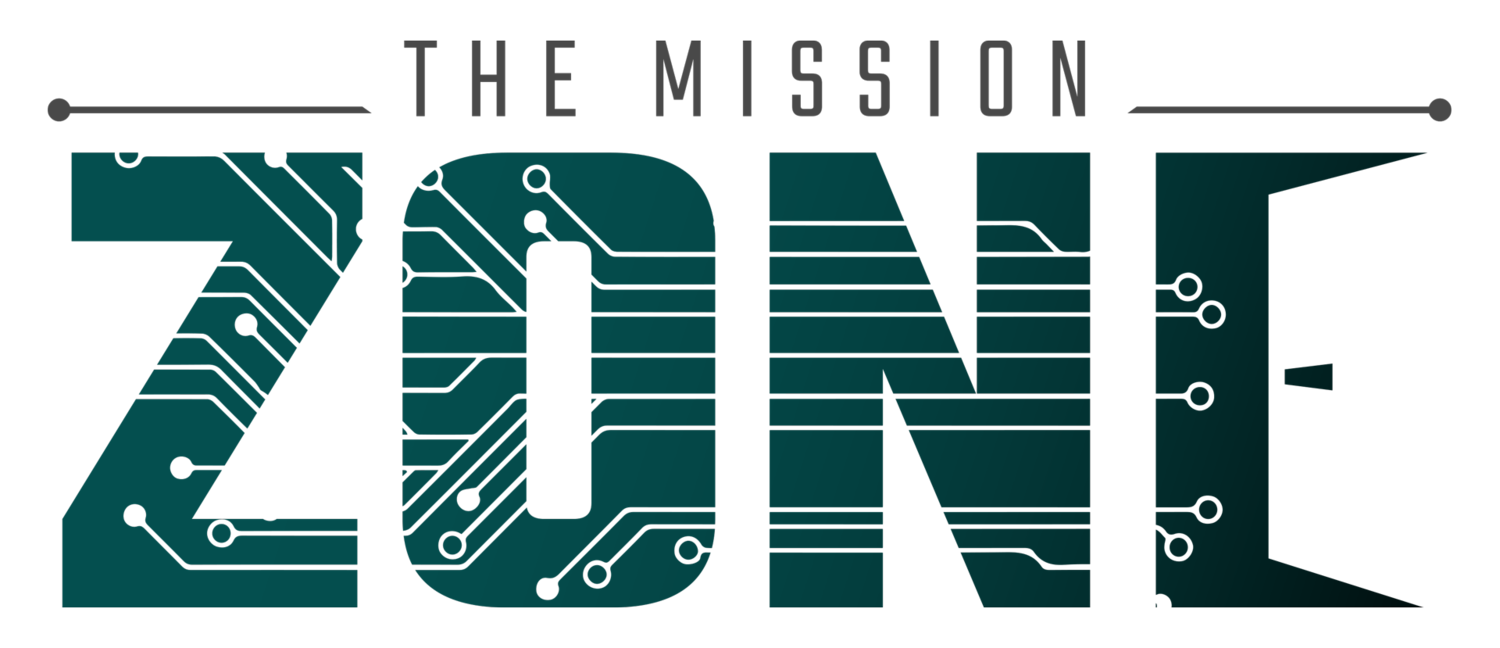Here at TheMissionZone HQ we have been building walls. On The New Yankee Workshop Norm Abrams was always building a jig for some repetitive task like making dove tail joints for cabinet drawers. When you do something over and over, you want them to all look the same. You want the same quality. You want speed and efficiency.
We do too. So we built a wall-jig.
That got us to thinking about using templates (the business version of a "jig") and when it is appropriate. We use them quite often. But sometimes they are over-used. There are times when individuality is needed. When the cookie cutter approach makes something feel cheap. So we created this guide on when to use a template:
1) When the result needs to be identical each time. This can be physical as our patterns show above. But also documents like contracts or form letters all need to look consistent for branding purposes. Templates are great.
2) When you know you want something to look individual, but the underpinnings have consistency between multiple versions. A great example is coding web pages or app screens. CSS allows the same look and feel of the colors and layouts. But you can take this a step further by having buttons and lines and image spacing all be the same from page to page. By copying from a template, you drastically shrink the time to create consistency, but make individual changes to each item easy. Powerpoint style guides and Excel templates also fit the mold for this kind of re-use. These are different from a form letter, because PPT and XL intend to introduce new concepts that require uniqueness.
3) Sometimes you want to leverage a concept that is not the primary focus, but you use it as a starting point to create the final results. This is a template that you re-use almost as a tool for building something else. An encryption algorithm is a template used to build a private and public key. No one cares about the math, as long as we have a key.
At TheMissionZone, we like this last concept as a tool to help companies build content. As we create Missions for teaching people about a company-specific concept, the important part is the concept, not the Mission story line used to teach it. You can re-use someone else's creativity and insert your content to build a creative story, with your company's terminology. The story is a byproduct, but since it is hard to be creative, this part requires much more effort. Thus the use of story templates.
We liken this to the old Mad-Libs. You fill in the blanks with your own words and the Mad-Lib creates a story from that template. It's usually more entertaining then you thought possible when plugging in your answers.
TheMissionZone is creating these fill-in-the-blank templates to help you build engaging stories around your training materials to teach them with more excitement and creativity. We can't always be creative, but there are ways to leverage someone else's creativity for your lessons. We will be introducing a suite of these products very soon. Stay tuned.
Templates can be over-used. We have all been in meetings and said, "Haven't I seen these slides somewhere before?" Don't just copy, that's not using the source as a template. But rather, use the original as a guide or as a tool for something new. Templates aren't a replacement for your content, but that doesn't mean they can't help your content look smarter and more interesting.


